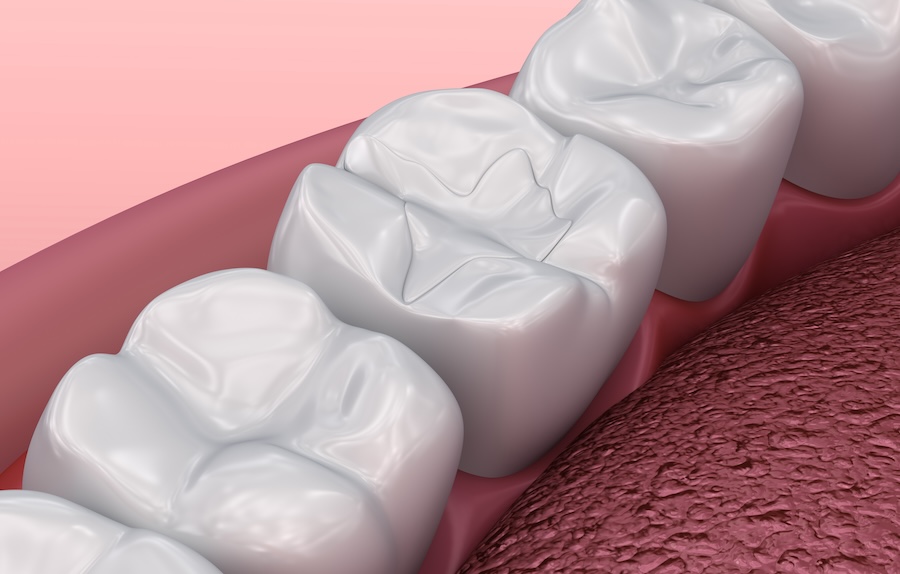
What is a Leaky Filling?
September 7, 2024 9:00 amA leaky filling occurs when the seal between a dental filling and the surrounding tooth begins to break down. When this happens, bacteria, food particles, and saliva can sneak into the space between the filling and the tooth, leading to potential decay, infection, or other complications. Left untreated, a leaky filling can result in further tooth damage and may even require a root canal or crown to fix.
Causes of a Leaky Filling
Leaky fillings can happen for several reasons:
Wear and Tear: Over time, fillings can wear down due to chewing, grinding, or normal use. As the filling deteriorates, gaps can form, allowing bacteria to enter.
Cracks in the Filling: Fillings can develop tiny cracks from repeated pressure over time. These cracks can allow bacteria to seep underneath the filling, leading to decay.
Improper Bonding: If a filling isn’t properly bonded to the tooth initially, it can create small spaces where bacteria can gather, resulting in a leaky filling.
Shrinkage of the Filling Material: Some materials, like composite resin, can shrink slightly as they harden. This shrinkage can create gaps between the filling and the tooth, increasing the risk of leakage.
How to Tell If You Have a Leaky Filling
Leaky fillings don’t always cause immediate pain, so it’s essential to be aware of the signs. These include:
Increased Tooth Sensitivity: If you notice heightened sensitivity to hot, cold, or sweet foods, it could indicate a leaky filling.
Pain When Chewing: Discomfort or pain while eating, especially on the tooth with the filling, can be a red flag.
Visible Cracks or Gaps: In some cases, you might be able to see cracks or spaces forming around the edges of the filling.
Treatment for a Leaky Filling
If your filling is leaking, it’s essential to visit your dentist as soon as possible. Depending on the extent of the damage, your dentist may recommend:
Replacing the Filling: In many cases, the leaky filling can simply be replaced with a new one. This will restore the tooth’s structure and protect it from further decay.
Root Canal: If the tooth has been damaged by decay under the filling, a root canal might be necessary to remove the infection and save the tooth.
Crown Placement: For larger cavities or more extensive damage, your dentist may suggest placing a crown over the tooth to protect it.
Restorative Care at Bolt Family Dental in Brownsburg, IN
At Bolt Family Dental in Brownsburg, IN, Dr. Anne Wilmore provides expert care for leaky fillings and other dental concerns. If you think your filling might be leaking or if you’re experiencing any discomfort, contact us for an appointment. Let us help keep your smile healthy and strong with prompt, professional treatment.
